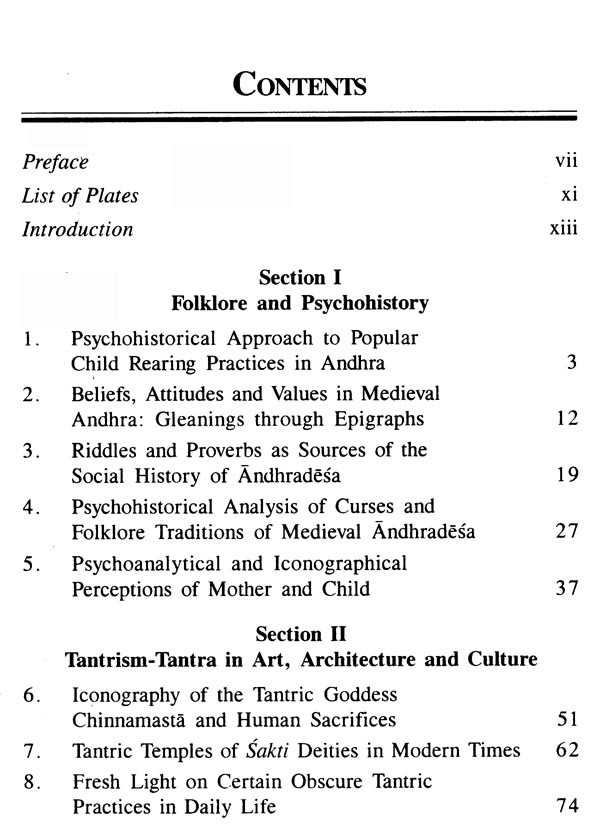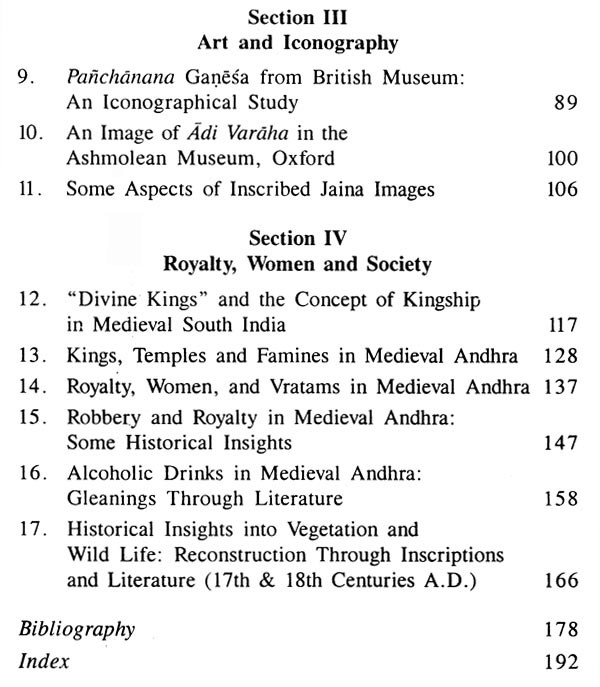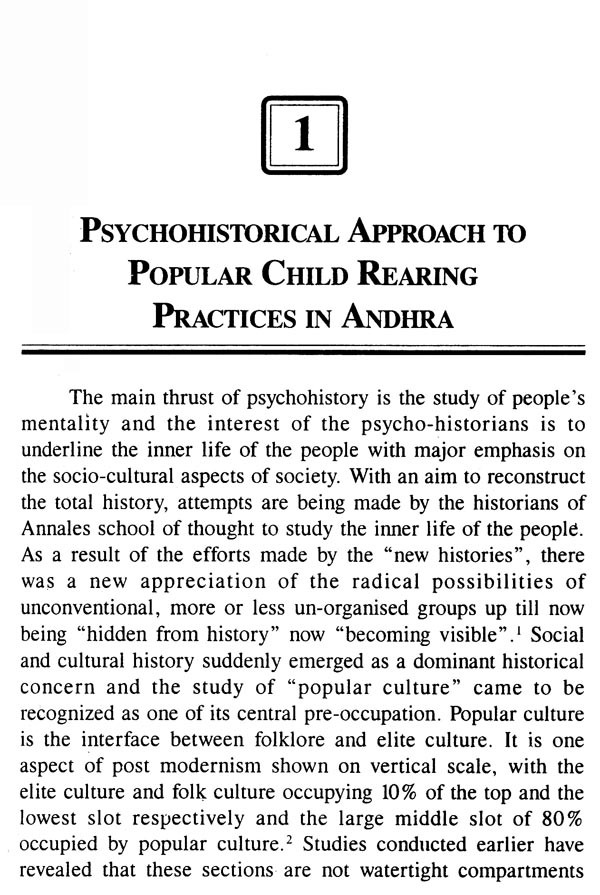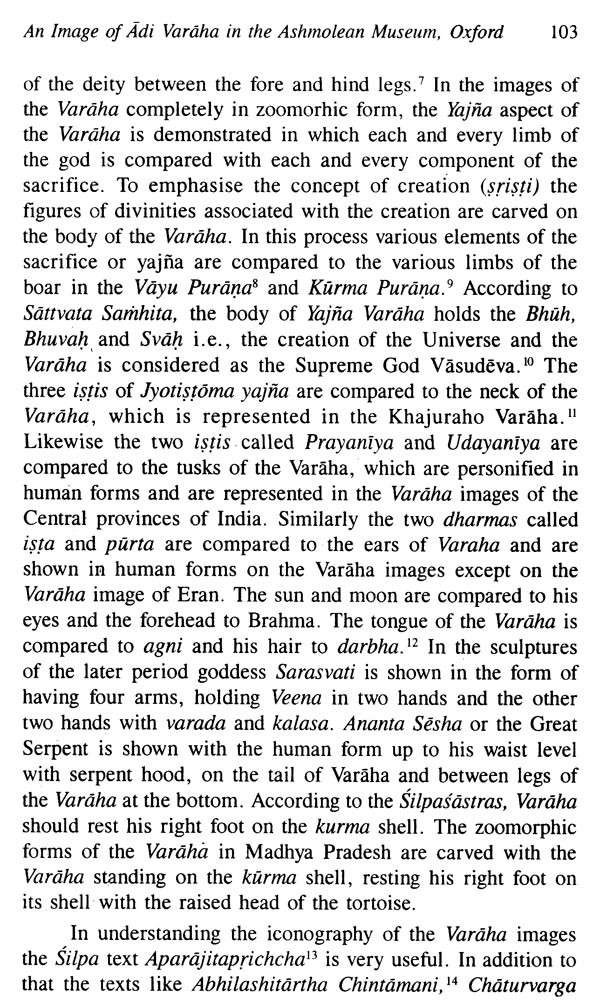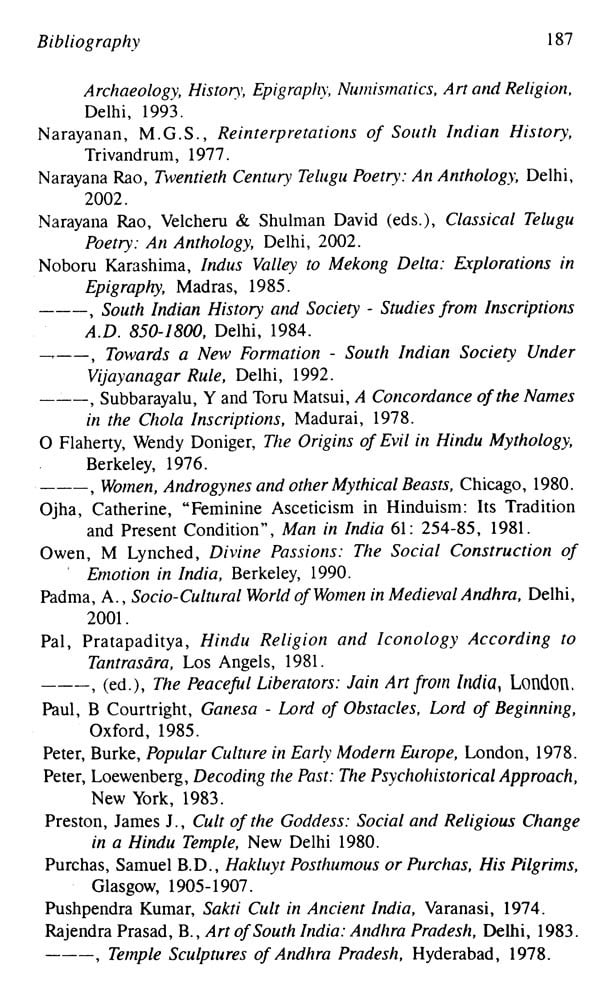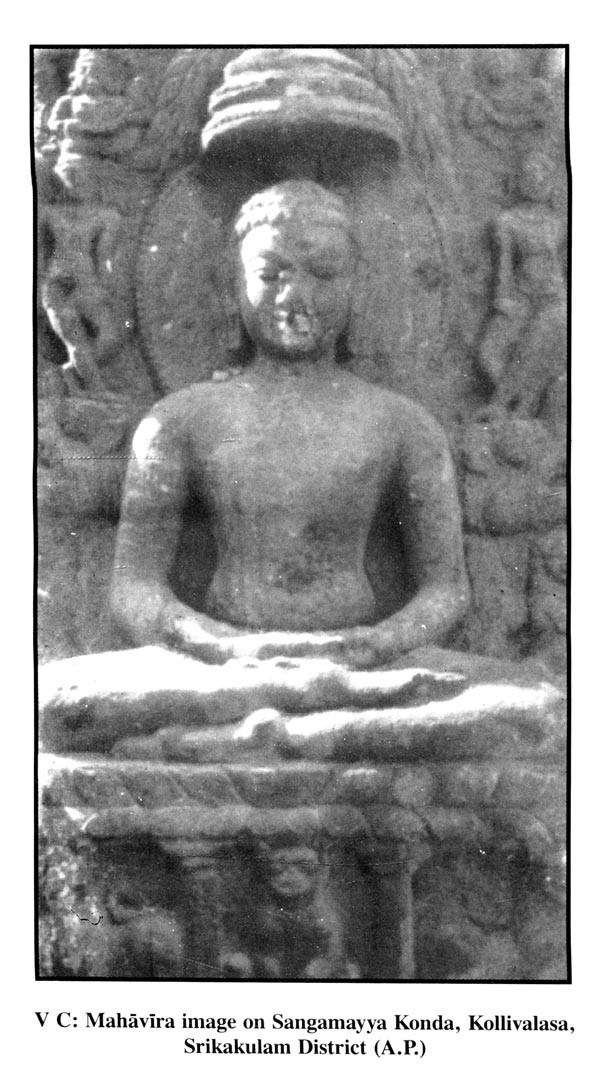About the Book A significant feature of this volume is the critical analysis of archaeological and historical sources relating to the specific issues of cultural history with special reference to Andhra region. Besides the historical sources, the oral traditions and folkloristic materials provide substantial materials for the better understanding of the culture of the people on which certain historical generalizations can be made. Further, it allows for a range of historical interpretations especially regarding the legitimization of kingship and the relationship between royalty, rituals and religion.
This volume deals with the different aspects of the cultural history and some of the topics included have long been the subject of interest, debate and importance. It throws a fresh light on the tantric goddesses, the temples constructed on the essentials of tantrism and tantric practices in everyday life. The religious meanings and symbolism of the iconographical forms of Ganesa and Vishnu in the forms of panchanana Ganesa and Adivaraha are analysed. The book speaks of the seamy side of the socio-cultural life of the people of medieval Andhra, throwing a new light on robbery and alcoholism, which are studied in detail for the first time.
About the Author Dr. Myneni Krishna Kumari obtained her Ph.D and D.Litt degrees in History and Archaeology from Andhra University in 1978 and 1999 respectively. She received many honours and distinctions in her academic career. She has been honoured with "The Best Researcher Award" by the Andhra University in 1992 and "the Best Teacher Award" by the Andhra Pradesh State Government in 2001. She has received "the Young Scientist Award" in the Humanities and Social Sciences from the U.G.C., Delhi in 1984-85.
Presently she is working as a Professor in the Department of History and Archaeology, Andhra University, Visakhapatnam She has served the University in various capacities as Head of the Department, Chairperson P.G. Board of Studies and member of the Executive Council of the Andhra University. She is a "Visiting Professor" of Armstrong Atlantic State University, Savannah (US). She has participated in more than 100 seminars, conferences and international workshops and presented several papers. She is a prolific writer, a good researcher, has authored eight books and edited two volumes related to the history and culture of the Andhras.
Preface This book is principally a study of the different less known aspects of the cultural history of the Andhras of the medieval times. It includes 17 essays analysed in four sections, which are either discussed at various academic gatherings or published elsewhere, and which relate mostly to the popular traditions, customs, practices, religious beliefs and ideology of the Andhras. The topics included in the volume were neither sufficiently focused nor discussed earlier in the works on the history and culture of the period and region. The textual traditions on the beliefs and customs of the common people who form the bulk of the population form the subject matter of the book. Since scholars have paid little attention to the seamy side of the socio-cultural life of the people, particularly to the aspects like robbery, alcoholism, famines and its aftermath, I have made an attempt to collect all the available historical evidences and analyse them through different approaches. The principal objective of this volume is to present how important the study of the cultural history of the common people in relation to the sacred centers and royalty is to gain a better understanding of the history of medieval Andhra. One of my concerns in this volume has been the analysis of the archaeological and historical sources with an inter-disciplinary approach and to examine the desirability of different concepts and models. Throughout this book I have shown how vital such interdisciplinary approach can be for analyzing the data on popular traditions, culture and religious ideology.
Introduction The medieval history of Andhra is noted for the abundance of data in the form of both archaeological and literary sources. The period that commences with the onset of the rule of the Chalukyas of Vengi to that of the end of Vijayanagra period is generally considered as the medieval period in Andhra history from the socio-economic and political considerations. The abundance of the stone inscriptions in Andhra in Telugu, Sanskrit, Tamil, Kannada and Oriya speak of the political as well as the cultural significance attached to some of its sacred and political centres as the places that attracted the attention of the people from different regions and places. The inscriptions that provide genuine and authentic information about the various aspects of political, socio-economic and cultural history are in large number when compared to those of the earlier periods. The several icons carved either within or outside Andhra in different iconographical forms not only reflect the religious ideology and faith of the people but also provide some idea about the changes in the history of religion and its demonstration through images. Besides these archaeological sources the literary works composed during the period from the flesh and blood of the historical data and help in filling the gaps in the understanding of the cultural history of Andhradeśa.
**Contents and Sample Pages**

